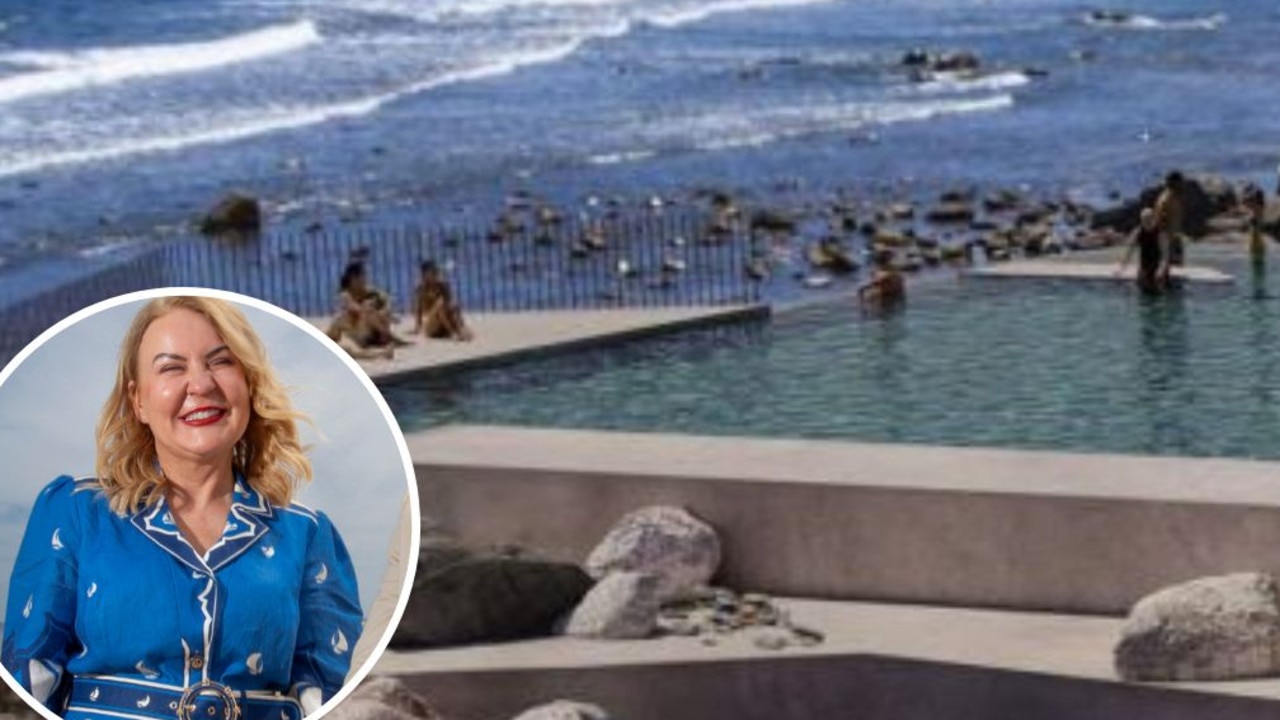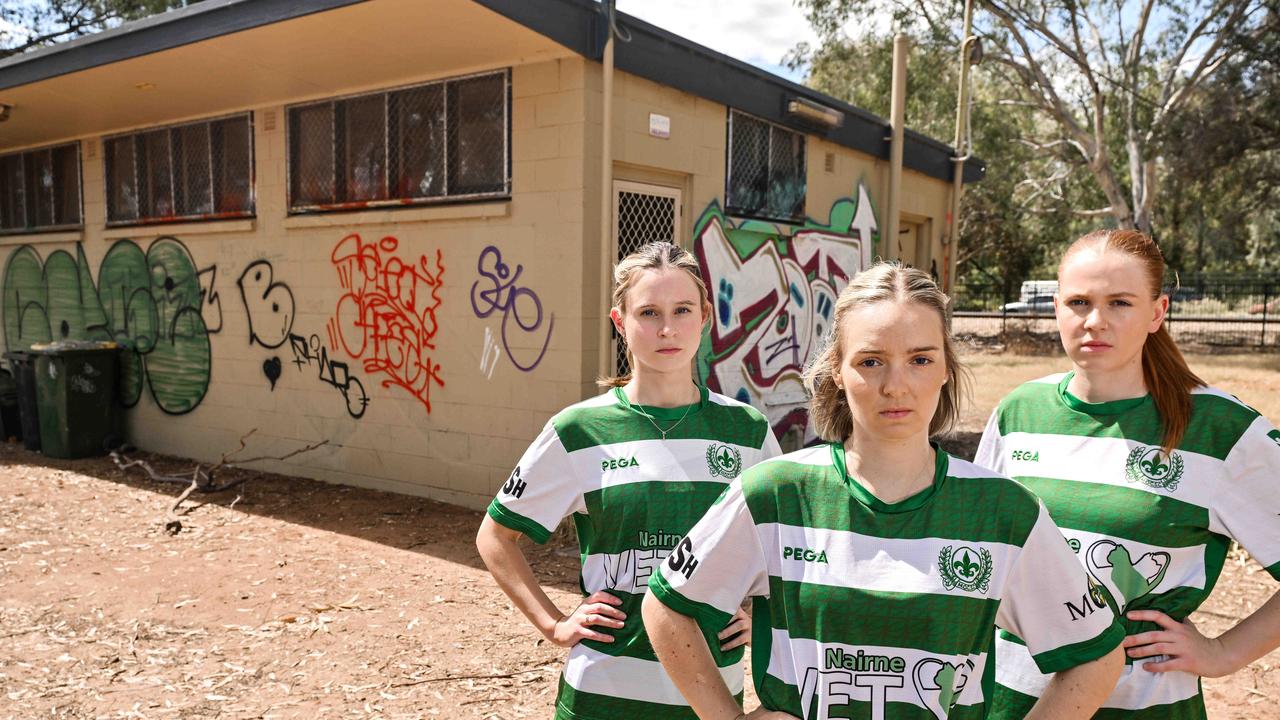Inside the sophisticated ways cocaine is getting into South Australia
Australians are snorting more than ever, turning the cocaine business into a high risk but also high return venture. And the way it’s getting into our cities is now even more sophisticated.
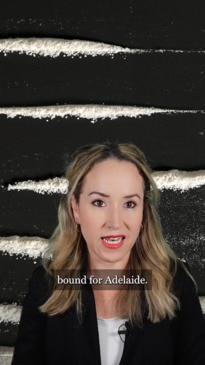
SA News
Don't miss out on the headlines from SA News. Followed categories will be added to My News.
It was found on the shores of Marion Bay on the Yorke Peninsula. A tightly wrapped package filled with cocaine. A brick of the white stuff.
It was believed to have been a part of a 400kg haul that had been intercepted by South Australian police and Australian Border Force the month before.
The largest amount of cocaine ever detected coming into our state with a street value upwards of $250 million, set to be distributed to all major Australian cities.
That was back in 2022 but the appetite for the class A drug has hardly dwindled since.
In fact, Australians consumed 16.5 tonnes of methamphetamines, cocaine, heroin and MDMA in the year ending August 2023.
Those figures from the national law enforcement agency show a 17% increase in usage from the previous 12-month period.
It’s predicted to rise again in the most recent 12 months.
And with Australians snorting more and more, cocaine is even more of a high-risk but also a high-return venture.
It attracts penalties of $1 million fines and life behind bars but with national demand for cocaine booming, and Australians paying some of the highest prices for the drug in the world, it’s no wonder drug traffickers are trying to cash in on the lucrative local market.
In 2023-24 alone, Australian Border Force officials detected 2768 separate cocaine hauls, weighing a total of 1664kg, at the country’s border.
So how does the drug get into South Australia?
As an Australian Federal Police spokesman explains transnational serious organised crime (TSOC) groups and other criminals import cocaine via a variety of means and their methods are constantly evolving, from the basic to the sophisticated.
“(Methods) include international mail, by international passengers, commercial freight (air and sea cargo), hull attachments on commercial vessels and/or at-sea transfers between mother and daughter vessels,” the AFP spokesman said.
“Commercial freight, hull attachments and mother/daughter at-sea transfers continues to present the greatest threat, by volume, for all illicit drug imports into Australia, including cocaine.”
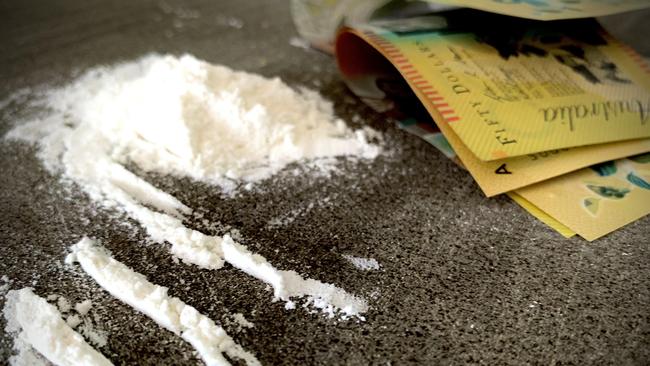
The hull attachment method involves criminals attaching drugs to the hull of a ship, to avoid detection, and then once the vessel arrives at its destination, they retrieve the drugs.
Similarly, the at-sea mother/daughter transfer strategy involves drugs being hidden on a large commercial ship and then a small vessel collects the packages while the ship is en route to its destination.
The spokesman said TSOC groups relied on help from professional facilitators and trusted insiders to get away with their crimes, infiltrate legitimate supply chains and hide ownership of assets.
An Australian Border Force spokesman said organised crime syndicates were relentless in their efforts to flood Australian shores with illicit drugs “and their sole motivation is greed”.
“Our officers are highly-trained, with skills and expertise regarding sea and air cargo and the international supply chain, which are invaluable in disrupting crime syndicates,” they said.
South Australian drug busts
Earlier this year, authorities made the second-largest drug bust in the state’s history, after the Yorke Peninsula string in 2022, when they seized 139kg of cocaine, with a street value of $45 million, bound for Adelaide.
The seizure stopped an estimated 695,000 street deals.
It came after officers received intelligence relating to a transnational criminal syndicate.
In response to the information, Australian Border Force officials intercepted a ship carrying a load of luxury buses at Fremantle Harbour in WA in late January.
Officers allegedly uncovered a number of suspicious packages inside four of the buses and switched them with fake drugs.
Testing on the suspicious packages found it was cocaine – 139kg of the drug
The buses were then, in early February, shipped to their intended destination of Adelaide and were offloaded at a carpark in Mansfield Park.
Two Victorian men, aged 22 and 19, then allegedly broke into the carpark and retrieved the substances before heading to a hotel in Port Adelaide. Australian Federal Police and SA Police officers nabbed them in their hotel room.
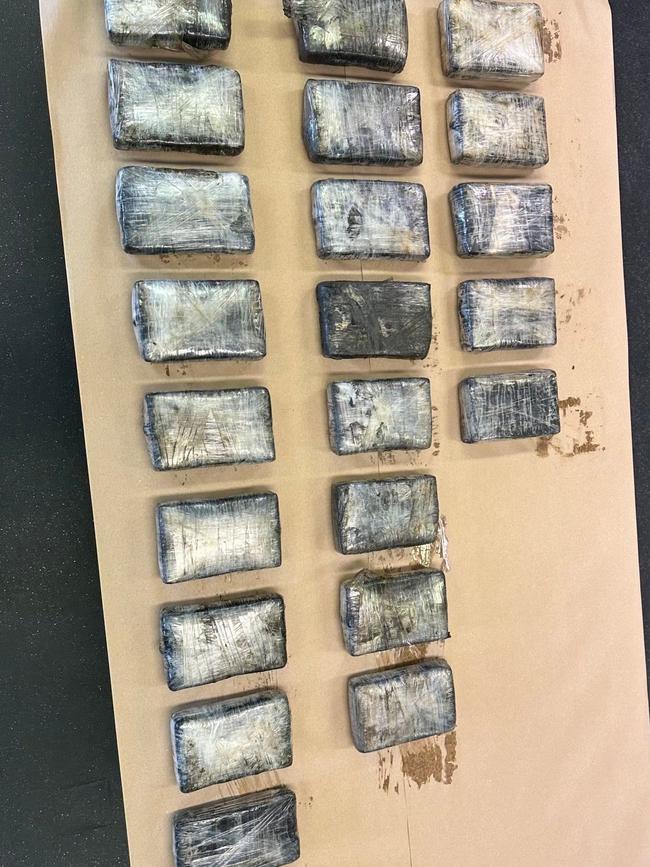
In November last year, crew members of a ship docked at Port Pirie called police to report a suspicious package found on the ship. SA Police and ABF officers allegedly found 23kg of cocaine, worth more than $8 million on the street, within the vessel.
A month earlier, in October last year, SA Police conducted a traffic stop at Tailem Bend and found five vacuum-packed blocks of cocaine, weighing about 1kg each, during a search of a car.
A 32-year-old Mawson Lakes man was arrested and charged with trafficking a large commercial quantity of cocaine. The seizure prevented at least 5000 street deals occurring in SA.
Where is the cocaine coming from?
Cocaine comes into Australia from all over the world but it predominantly comes from Columbia, where it is manufactured and brought into the country ready-to-use.
Anyone caught trafficking in a large commercial quantity of cocaine faces a maximum fine of $1 million and/or life in jail. Those nabbed trafficking in a commercial quantity face up to 25 years in jail and/or a maximum $200,000 fine.
Penalties for trafficking less than a commercial quantity of cocaine include up to a $75,000 fine and up to 15 years in jail.
A trafficable quantity of cocaine is at least two grams of the drug.
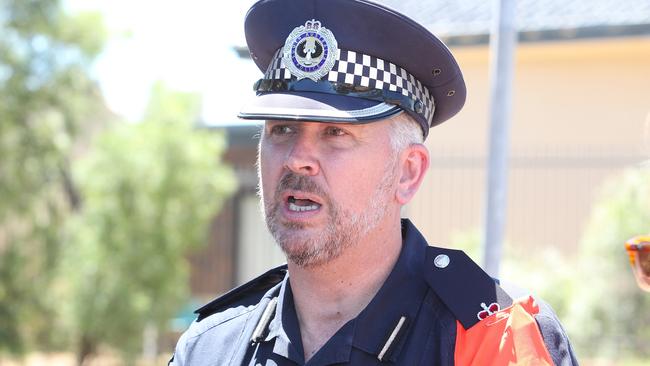
Other consequences of cocaine trafficking and use
“Drugs kill users and fuel violence that impacts innocent victims,” an AFP spokesman said.
“Human trafficking is closely associated with organised crime and can be interlinked with drug trafficking activity – It leads to exploitation at a larger scale.”
In 2021/22, more than 1300 people were hospitalised for cocaine-related issues across Australia.
Drug trafficking also has a wider effect on the economy, with money obtained through the crime sometimes funnelled into businesses to boost their profitability.
“Small businesses can be driven out by businesses that have an illegitimate funding source, while it can also affect the property market,” an AFP spokesman said.
SA Police detective superintendent Shane Addison said illicit drugs like cocaine caused “significant harm and have no place in our community”.
“Police will be relentless in their pursuit of drug traffickers and aim to put organised crime out of business,” he said.
“The safety of the South Australian community is our primary focus.”
More Coverage
Originally published as Inside the sophisticated ways cocaine is getting into South Australia




